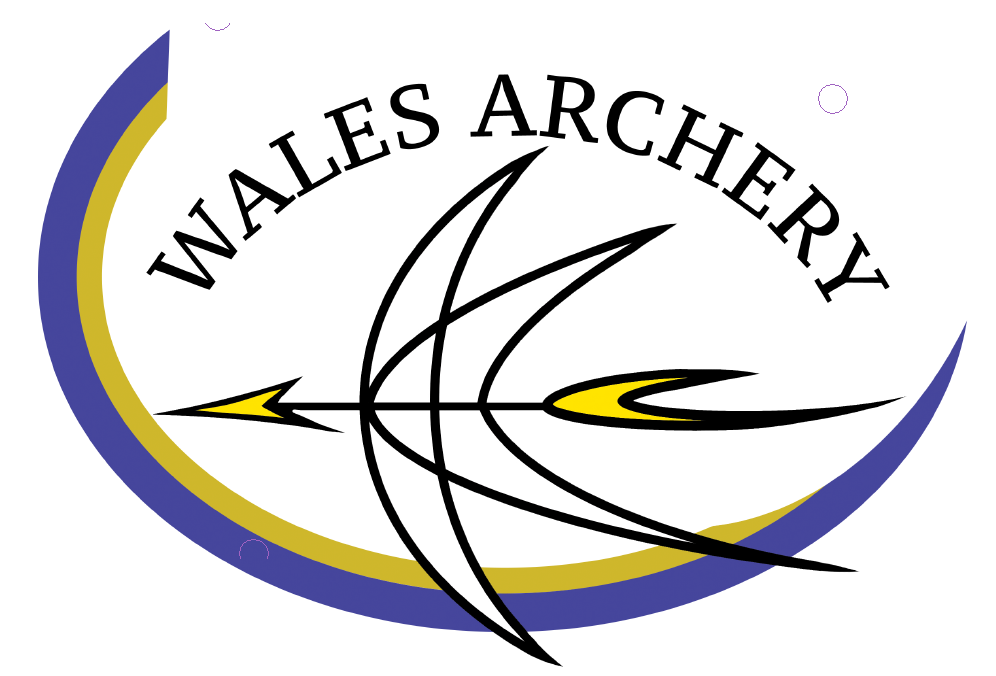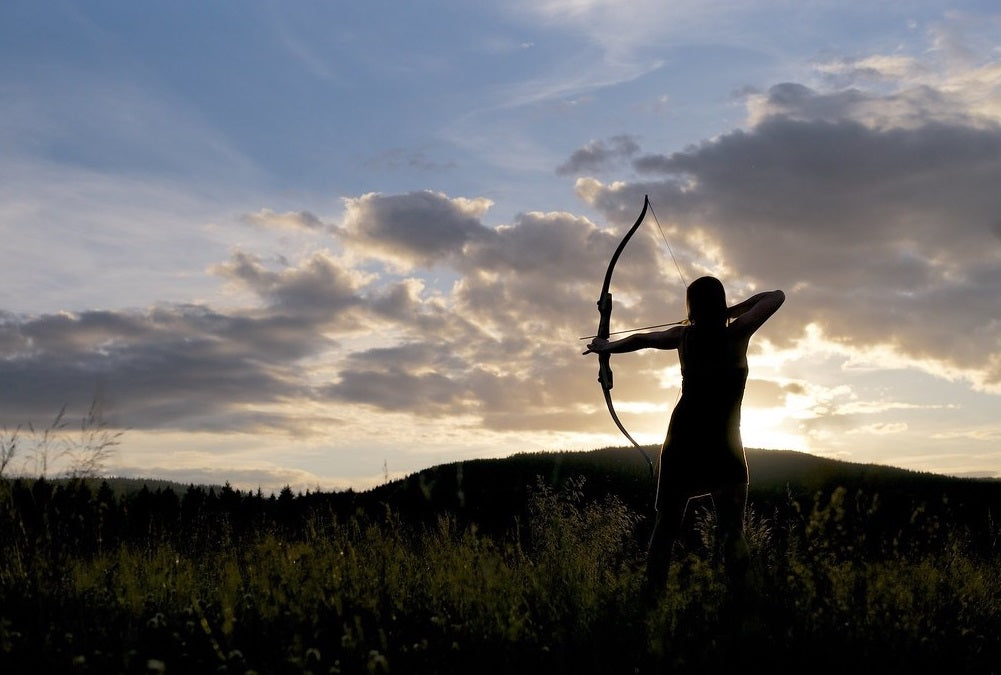This is a particular subject that I thought we could go in depth as I find not many people are aware that a string can also be used to tune the bow.
Nock Fit
The most important thing to get right first is the nock fit, the arrow should come off the string with a gentle tap if the arrow is falling off to easy what this effectively means is that the bow is being dry fired. Instead of the energy being transferred into the arrow what happens is the energy goes right into the limbs and this is what happened in the below picture.

On the other hand if the nock fit is too small and you have to hit the string with some force to get it off what this means is that extra energy has been spent to allow the arrow to release from the string taking away precious energy from the limbs resulting in poor performance.
Strand Count
Strand count is the amount of strands in the string and that can vary depending on the material used, the amount of strands used depends on the weight of the material. What we consider normal on a high end recurve string in BCY is anything from 14 to 18 strands but when compared to 8190 that 18 strand string would be the equivalent of 24 strands.
We don't want to use to many or too few strands when making a string so for example if we used 14 strands with 8125g on a 40lb recurve the string would be very harsh on our fingers almost like cheese wire, the bow would also feel very aggressive. If you use too many strands such as 18 on a 22 lb bow you would loose performance as the weight of the string take unnecessary energy away. As a rule of thumb we can use the following as a guide to help you choose your strand count for your bow weight, 14 strands up to 30lb, 16 strands 32-38lb and 18 strands anything from 38lb+.
Bracing Height
The bracing height is the measurement from your pressure button hole to your string when strung up, most bows have a different recommended bracing height depending on multiple different factors such as bow style, bow length, manufacturer and limb tip design. Most recurve bows will have a bracing height range adjustment of 2cm so a Hoyt Grand Prix 68" bow has a bracing height range of 21.5 - 23.5cm and you can use that room to find the sweet spot in the bracing height range. The one way you can do this is by setting your bracing height at either the maximum or minimum then shoot three or four arrows and listen to the sound it makes then put four more twists into the string and repeat the process, what you are looking for is for the bow to sound the quietest there might be two-three sweet spots and normally these spots group better as well.
Nocking Point
The goal here is to set the nocking point horizontally so that the arrow leaves the bow at a perfect angle without any clearance issues, normally if you have clearance issues the tell-tale sigh is marks appearing on the shelf below the arrow rest this can also be caused by finger pressure. The best way to do a nocking point is tying one on as oppose to the brass ones as they slow down the string, removing the brass nocking point also gives cleaner string travel.
How To Tune Your String To Your Bow
If your nock fit is to tight or to loose you will want to re-serve with either a thicker and thinner material as that is the most important thing to get right. The next step lets say for example your arrows are coming out a little stiff but your pressure button is set to a good stiffness you can remove a few strands out of the string to quicken it up reduce your bracing height that will quicken up the bow resulting in more energy going into the arrow and that will straighten up your arrow.
Now let's say you are shooting barebow and indoors you really want to slow that arrow down so you have a better point to aim at you can increase the amount of strands in your string and raise your nocking point. This will slow the arrow down whilst the arrow is aiming lower down all the while giving you a better aiming point.


